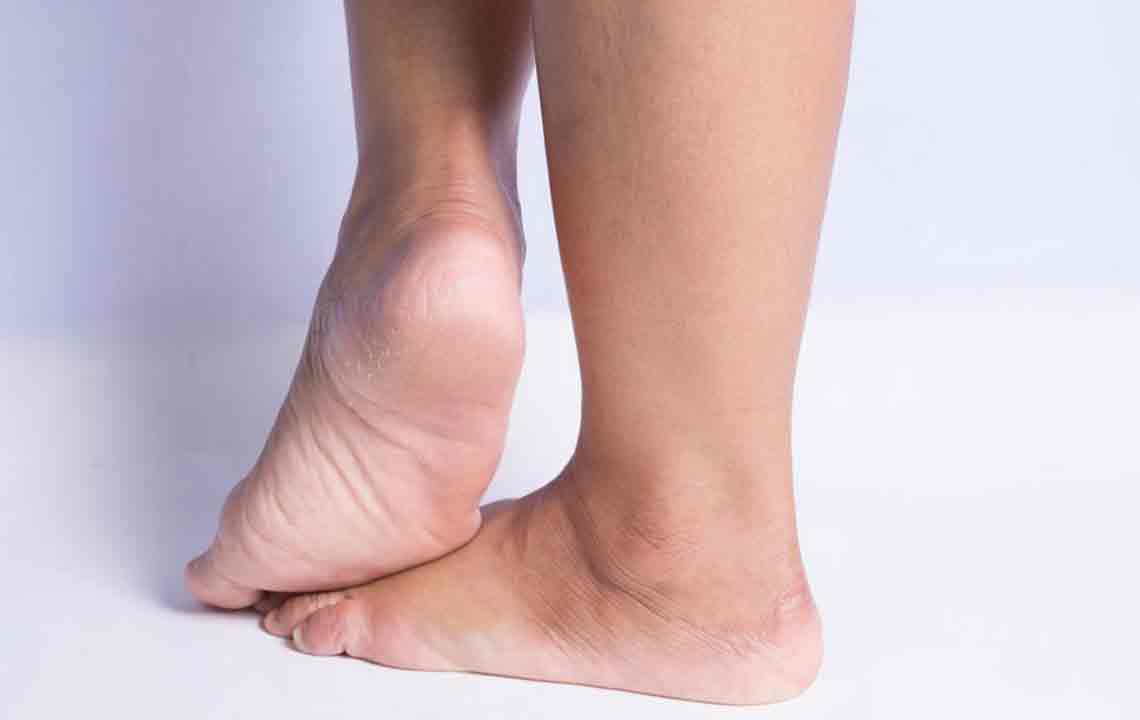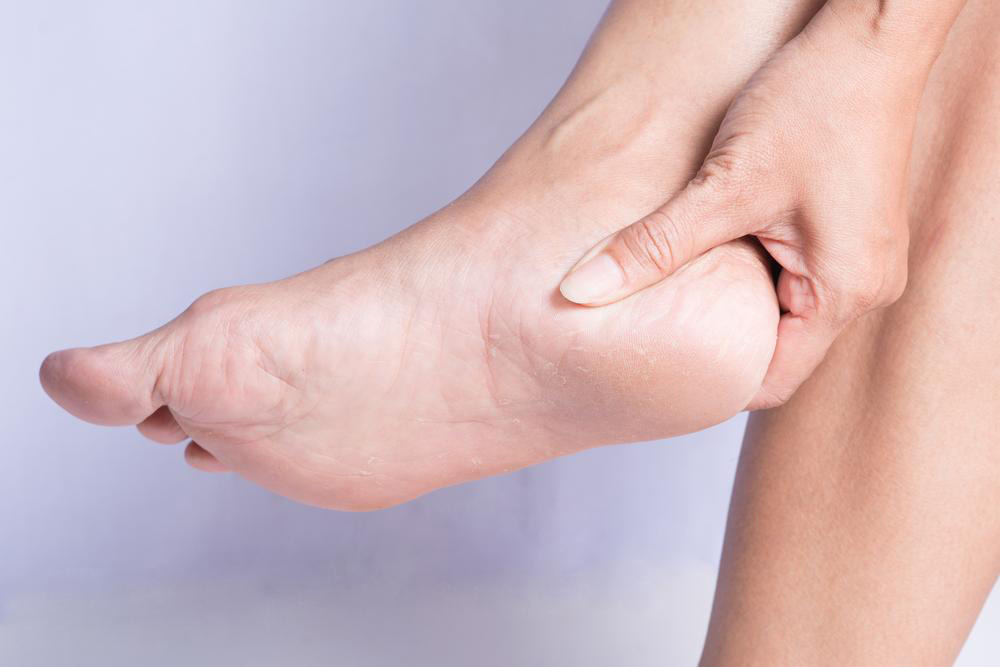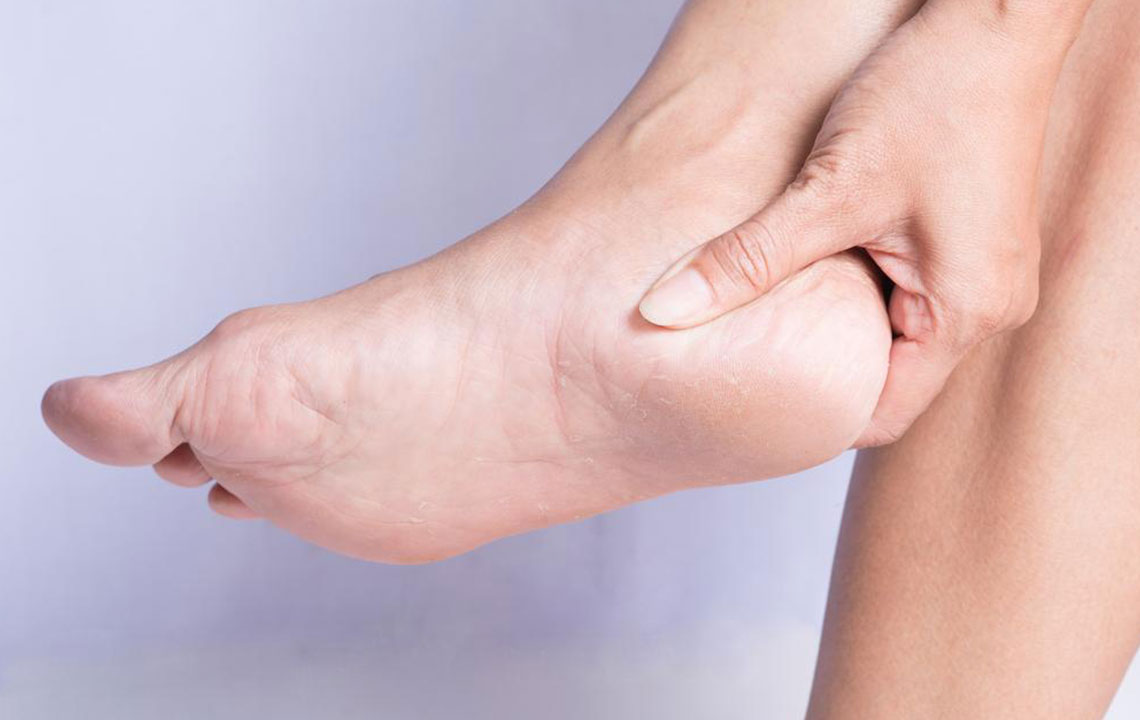Understanding Heel Discomfort: Causes and Signs
Heel pain, often caused by mechanical stress, can arise from activities, footwear, or health conditions. Recognizing symptoms such as pain after rest or swelling can guide timely medical consultation. Persistent discomfort should be evaluated by a healthcare professional. Proper footwear and understanding triggers can help prevent and manage heel issues effectively, ensuring better foot health and mobility for affected individuals.

Understanding Heel Discomfort: Causes and Signs
Heel discomfort is a widespread foot issue impacting many adults nationwide. It usually manifests as pain beneath the heel (known medically as plantar fasciitis), situated just below the Achilles tendon connecting to the heel bone.
Generally not a serious health concern, persistent heel pain can become severe and chronic if untreated. The calcaneus, or heel bone, is among the largest in the foot's 26 bones, designed to support body weight with stability.
During walking or running, the heel absorbs impact and propels us forward. Research indicates that these activities can increase the load on the heel beyond body weight, making it prone to injury and pain.
Most causes of heel discomfort are mechanical, although conditions like arthritis, autoimmune disorders, and physical injuries can also contribute.
Recognizing symptoms can help determine whether heel pain is temporary or persistent. Typically, it develops gradually without noticeable injury.
Wearing flat footwear, such as flip-flops, for prolonged periods can trigger heel pain by stressing the plantar fascia, leading to swelling. Symptoms also include pain after resting, notably when getting out of bed or after long periods of inactivity.
Symptoms may lessen with physical activity but can worsen later in the day. Severe pain, swelling near the heel, numbness, tingling, fever, inability to flex the foot downward, or difficulty standing on the backs of the feet warrant medical attention. Seek a doctor if heel pain lasts over a week.
Note:
Our blog shares data and insights across multiple topics for informational purposes. While useful, this content is not a substitute for professional medical advice. The website is not responsible for inaccuracies or differences in data found elsewhere, nor for unnoticed schemes or offers that could benefit readers more than those covered here.










